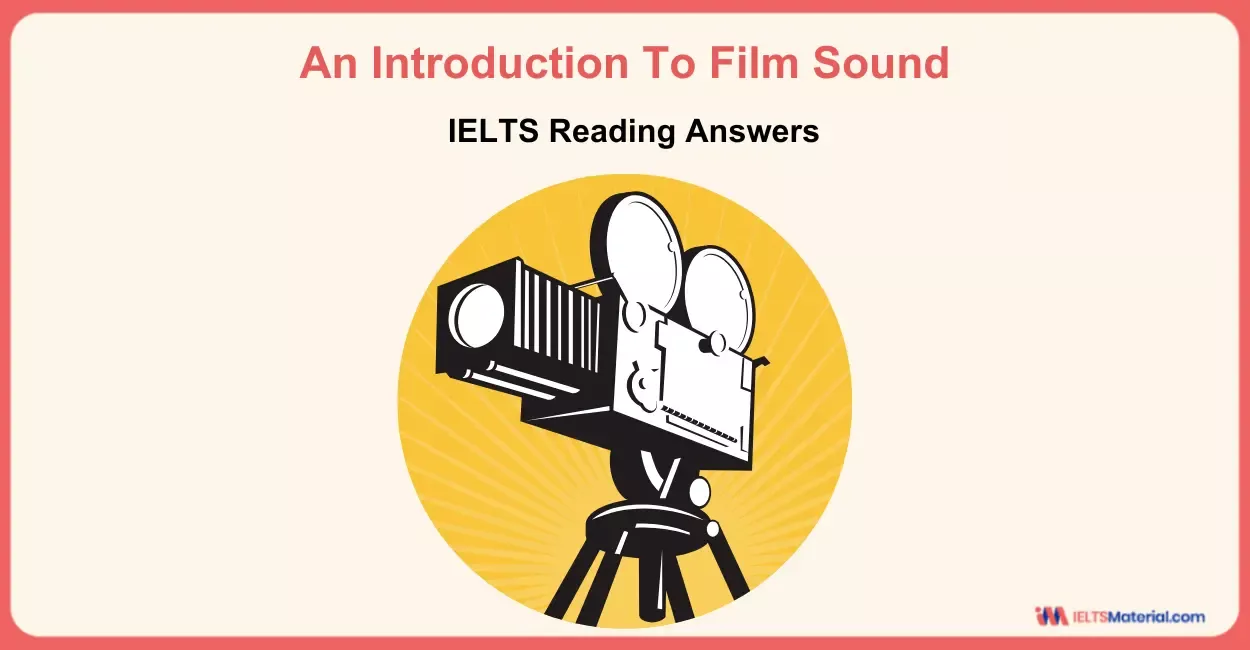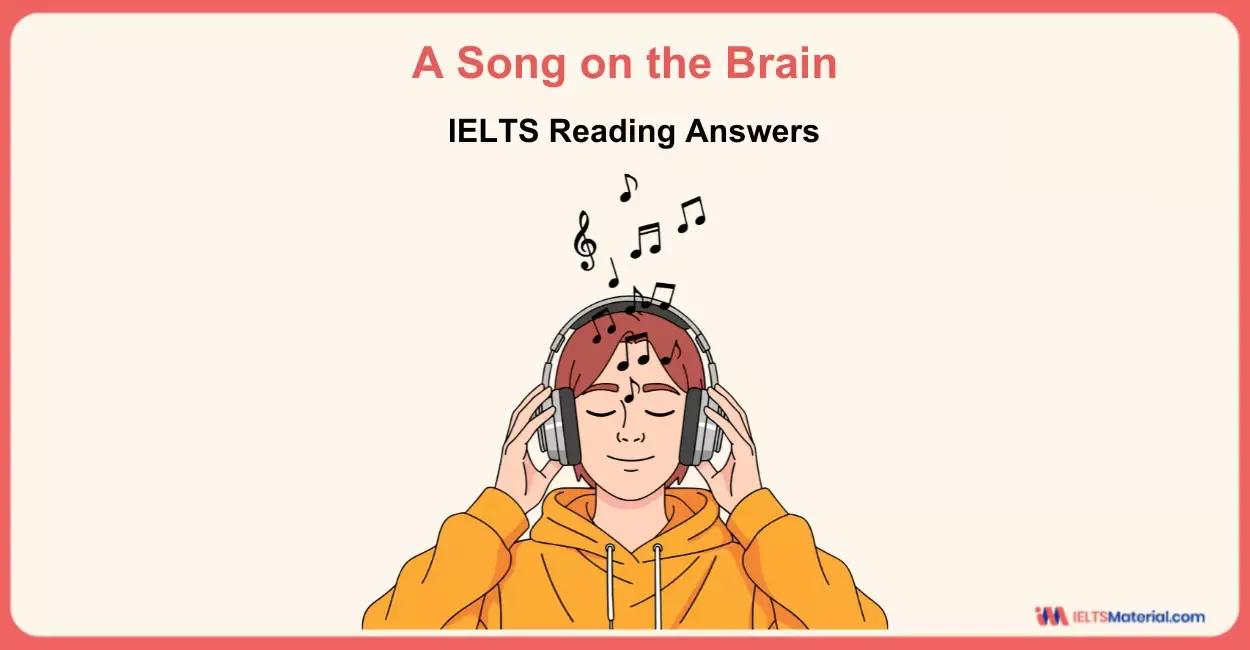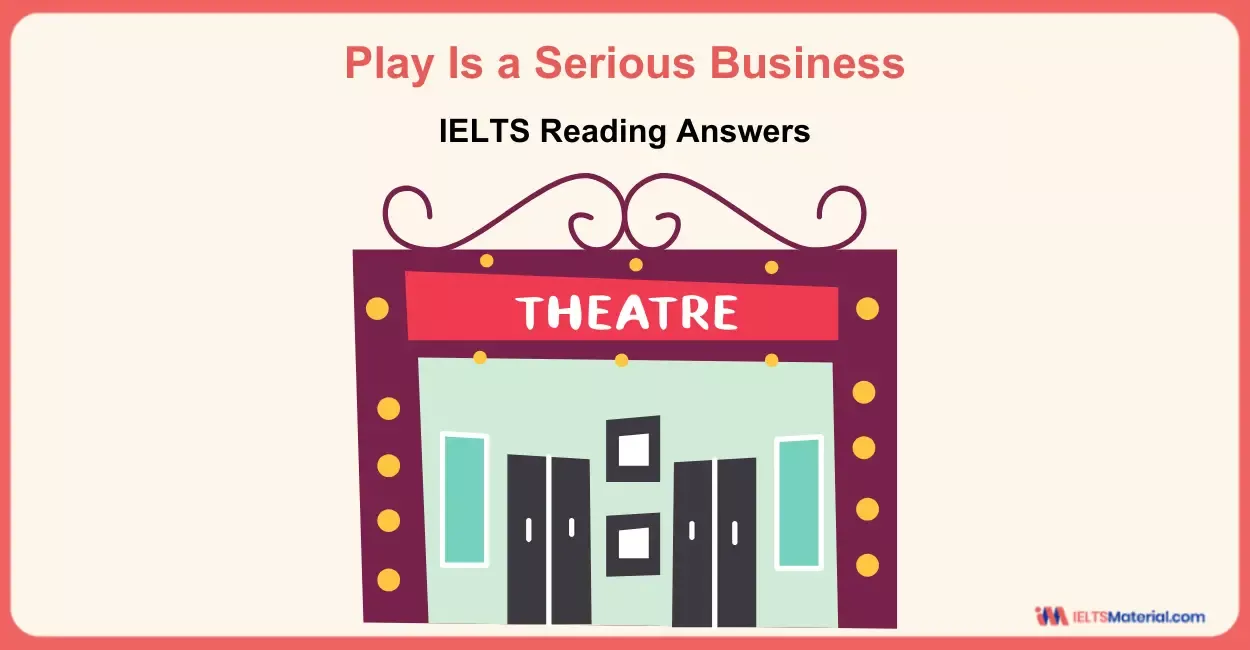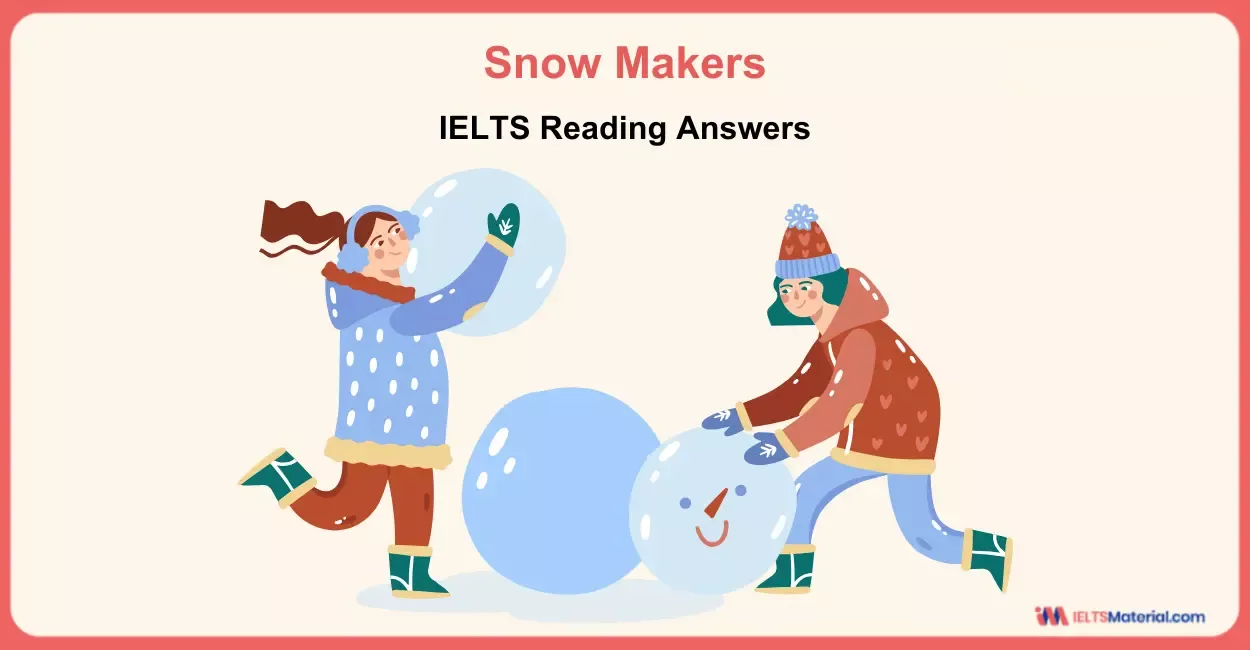Going Nowhere Fast – IELTS Reading Answers
5 min read
Updated On
-
Copy link
Improve your ability to locate keywords, understand context, and tackle tricky question types effectively with the IELTS Reading passage on ‘Going Nowhere Fast’. Learn band 8+ tricks so that you can attempt questions with confidence and accuracy.
Table of Contents

Limited-Time Offer : Access a FREE 10-Day IELTS Study Plan!
Going Nowhere Fast is a Reading passage which will assess your ability to identify key ideas, locate specific information, recognize opinions and arguments, and interpret meaning from context. By diving into the questions given in this IELTS Reading Module, you get an opportunity to track your progress.
By attempting questions from this passage, you can ensure that you are developing your core skills. Along with that, you practice your comprehension skills since this module examines how effectively you can process information under time constraints. With consistent practice and strategic plan, you can aim to achieve a band 8+.
Connect with our band 9 IELTS Trainers to crack your IELTS Reading in no time! Book a FREE Demo.
Types of Questions in the IELTS Reading Passage ‘Going Nowhere Fast’
As you delve into the IELTS Reading passage on ‘Going Nowhere Fast’, you will encounter different types of questions which have to be solved using different approaches. It is best to refrain yourself from looking at the answer key until you have made an attempt to answer the questions yourself. This will enable you to build confidence and reduce stress during the real exam.
The question types found in this passage are:
- IELTS Reading True False Not Given [Q.14 - Q.17]
- IELTS Reading Matching Features [Q.18 - Q.24]
- IELTS Reading Multiple Choice Questions [Q.25 - Q.27]
IELTS Band 8+ Tricks to Attempt Questions in ‘Going Nowhere Fast’
If you are aiming to achieve a band 8+, using the right techniques would help enhance your reading skills. Applying targeted strategies for each question type is crucial because in this way, you will learn how to approach such questions. By incorporating the IELTS Exam Preparation Tips for Band Score of 8+, you will be able to work on your weaker areas with a clear plan. Below are some of the IELTS Band 8+ tricks to attempt questions in ‘Going Nowhere Fast’.
- The first step is to go straight to the questions and note them down. This will help you set a clear goal for your reading rather than just going through each and every word in the passage.
- The information for true, false, not given types of questions and multiple choice questions would be provided chronologically. Therefore, you shouldn’t spend too much time on one question, rather move on to the next question and come back to it later.
- Time yourself so that you spend no more than 20 minutes for this passage because Time Management for IELTS Reading is vital.
- In true, false, not given question type, always analyze the overall meaning of the statements present rather than assuming your answers based on just the keywords.
- As you attempt the Matching information type of questions, the information given might not be in exact words as given in the paragraph. Instead it will be paraphrased so you need to read the paragraph to understand the meaning/idea behind it to answer these questions. Understand How to Ace IELTS Reading with 'Keyword Technique'.
- In Multiple Choice Questions, you need to choose the correct answer based on the question provided. It is important for you to understand the question first to identify the type of information it requires.
Curious to know how to select the right option for Multiple Choice Questions? Check out the video below!
Read the passage below and answer questions 14 – 27. Beyond the questions, you will find the answers along with the location of the answers in the passage and the keywords that help you find out the answers.
Going Nowhere Fast
New transport mode PRT RUF
You should spend about 20 minutes on Questions 14-27, which are based on the Reading Passage below.
Find the practice test with the Going Nowhere Fast PDF here.
Answers with Location and Explanation with IELTS Reading Passage - Going Nowhere Fast
Did you nail it? Were you able to find the answers to the reading passage? Check out the answer key for this IELTS Academic Reading passage, Going Nowhere Fast, with location and explanations. Note the areas of improvement so that you can understand how to work on your skills to achieve a band score of 8+.
|
Answer |
Question Type |
Answer Location |
Answer Explanation |
|
14. TRUE |
True/False/Not Given Questions |
Paragraph A, line 3 |
City transport systems have scarcely changed, while global communication has advanced. Hence, TRUE. |
|
15. NOT GIVEN |
True/False/Not Given Questions |
N/A |
No information about US states considering reducing car growth. Hence, NOT GIVEN. |
|
16. TRUE |
True/False/Not Given Questions |
Paragraph B, line 1 |
Pollution from vehicles has become a major topic of concern. Hence, TRUE. |
|
17. NOT GIVEN |
True/False/Not Given Questions |
N/A |
No mention of suitability of trains and buses on uphill roads. Hence, NOT GIVEN. |
|
18. A |
Matching Information Questions |
Paragraph E, line 1 |
PRT system proposes a computer-controlled car network. Hence, answer is A. |
|
19. A |
Matching Information Questions |
Paragraph F, line 1 |
New systems threaten the car industry, opposed by companies. Hence, answer is A. |
|
20. C |
Matching Information Questions |
Paragraph E, line 1; Paragraph G, last line |
Both PRT and RUF systems allow fast travel to the destination. Hence, answer is C. |
|
21. C |
Matching Information Questions |
Paragraph E, line 2; Paragraph G, line 2 |
Both systems do not require sharing space with strangers. Hence, answer is C. |
|
22. B |
Matching Information Questions |
Paragraph G, line 2 |
RUF vehicles can travel on monorails and normal roads. Hence, answer is B. |
|
23. B |
Matching Information Questions |
Paragraph H, line 4 |
RUF system can grow as people buy into the network. Hence, answer is B. |
|
24. B |
Matching Information Questions |
Paragraph G, line 3 |
RUF vehicles can be manually controlled or computer-controlled. Hence, answer is B. |
|
25. C |
Multiple Choice Questions |
Paragraph J, line 3 |
Users feel safe because the rail is stable inside the vehicle. Hence, answer is C. |
|
26. D |
Multiple Choice Questions |
Paragraph I, line 1 |
RUF system reduces energy and fossil fuel usage, lowering pollution. Hence, answer is D. |
|
27. G |
Multiple Choice Questions |
Paragraph G, last line |
RUF system is named from a Danish term meaning 'go fast', highlighting speed. Hence, answer is G. |
Enroll into our Free IELTS Webinar and learn more about techniques to improve your reading speed.
Success in the IELTS Reading test depends on your ability to handle various question types effectively. In this way, you will build necessary reading comprehension skills to achieve a higher IELTS Band Score. Remember to stay committed with different practice tests so that with time, you will be able to build confidence which will keep you calm during the exam.
Check More IELTS Reading Answers
Also Check:
- IELTS Reading Tips And Techniques To Increase Your Reading Speed
- IELTS Reading Practice Tests – Free Sample Tests
- IELTS Reading Recent Actual Tests 2025
- IELTS Books to Use During IELTS Preparation in 2025
- IELTS Reading: Previous Year Actual Tests with Answers PDF 2025
Practice IELTS Reading based on question types

Start Preparing for IELTS: Get Your 10-Day Study Plan Today!
Explore other Reading Practice Tests

Kasturika Samanta

Nehasri Ravishenbagam

Nehasri Ravishenbagam

Kasturika Samanta
Recent Articles

Nehasri Ravishenbagam

Haniya Yashfeen

Haniya Yashfeen

Haniya Yashfeen




Post your Comments